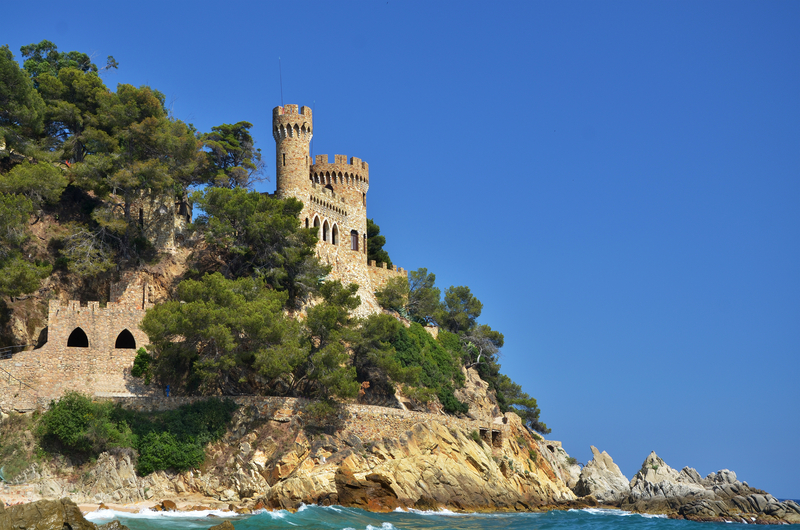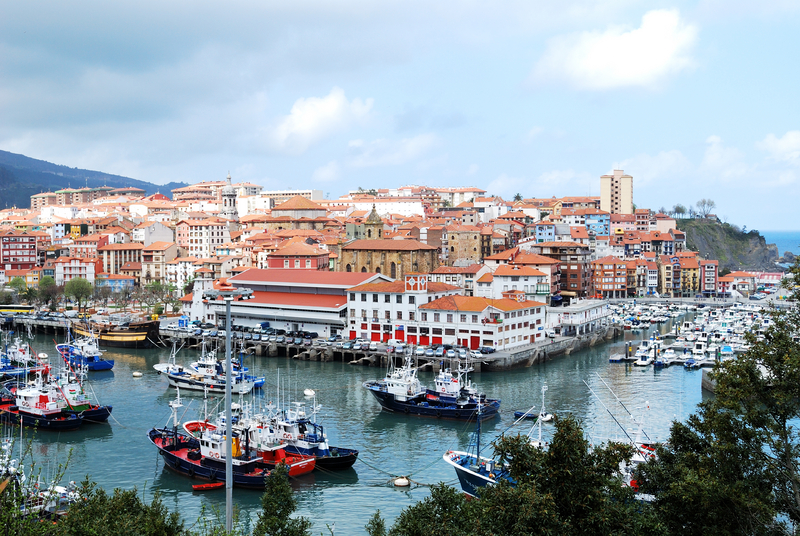The coastal resort town of Roses sits on the northern end of Spain’s beautiful Gulf of Roses. Its location on the Costa Brava coast and the gulf’s quiet waters — a natural harbor — has made it a highly valued prize that was sought after and fought over by several countries over the years. Today, those same quiet, clear waters and beautiful location have made the town of Roses, which is located in Catalonia’s Girona province, a popular tourist destination.
Roses was founded by the Greeks, although there is some dispute as to exactly at what point in history. Some historians believe the town was founded in the 5th century BC, while others believe it was possibly in the 8th century BC. Over the years, Roses has been captured, besieged, or occupied by the Romans, the French, Barbary pirates, as well as the Spanish. Today, the city is home to many historical ruins, including those of the original ancient city that once sat on this site, which was known as Ciutadella, and a fortification that was constructed by Charles V in 1543 to protect the city from pirates and other invaders.
 Tourists can choose from a number of beautiful beaches in or near Roses, including Playa Nova, which has many tourist-friendly facilities such as open-air bars and lifeguards; Cala Murtra, a very secluded and beautiful beach that is Roses’ only official nudist beaches; and Cala Joncols, which is located in the Cap de Creus Nature Park and offers excellent scuba diving and snorkeling opportunities. Some of the sea life that can be viewed in the waters around Cala Joncols include moray eels and sea horses.
Tourists can choose from a number of beautiful beaches in or near Roses, including Playa Nova, which has many tourist-friendly facilities such as open-air bars and lifeguards; Cala Murtra, a very secluded and beautiful beach that is Roses’ only official nudist beaches; and Cala Joncols, which is located in the Cap de Creus Nature Park and offers excellent scuba diving and snorkeling opportunities. Some of the sea life that can be viewed in the waters around Cala Joncols include moray eels and sea horses.
Cala Montjoi, which is located approximately seven kilometers from Roses, is another excellent spot for diving. It was also home — until recently — to a highly regarded restaurant, ElBulli. Founded in 1961, this small restaurant, which had been awarded three stars by the Michelin Guide for several years, was often considered one of the best in the world. Its chef, Ferran Adria, plans on reopening the restaurant as a culinary creation center in 2014.
The weather in Roses is generally pleasant. High temperatures in the summer average about 31 C or 87 F. Winter days are typically mild, with highs of 16 C or 60 F, but colder periods do occasionally occur. The area around Roses experiences approximately 1000 mm or about 40 inches of rain per year.











